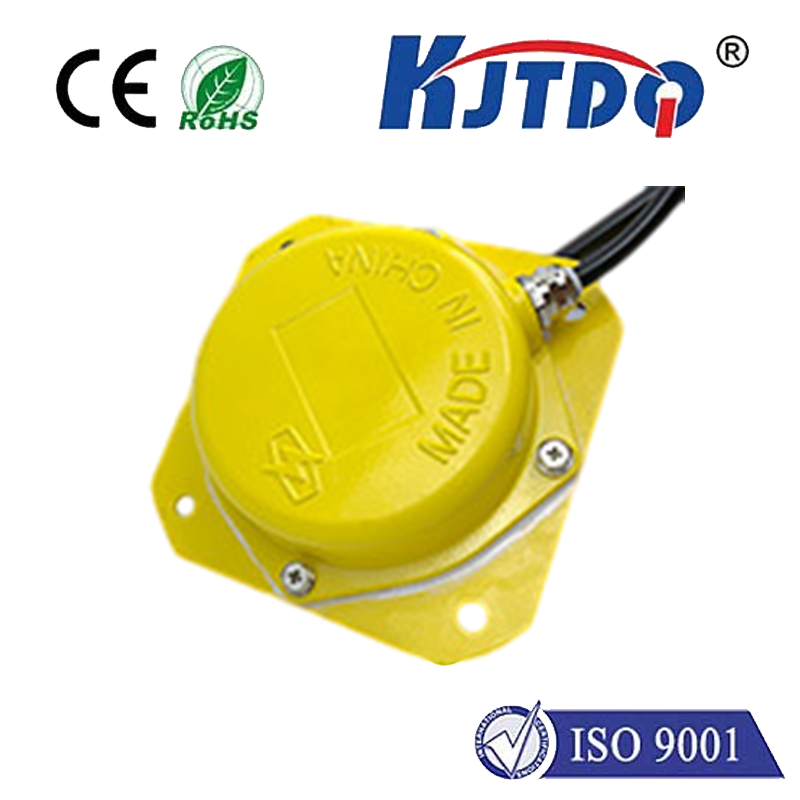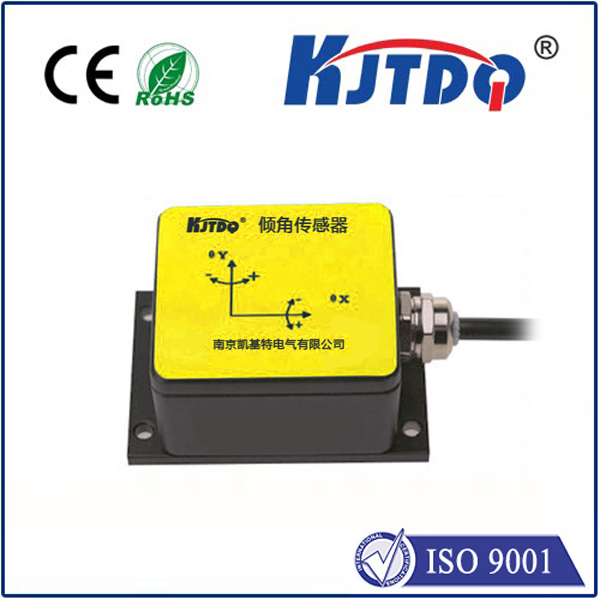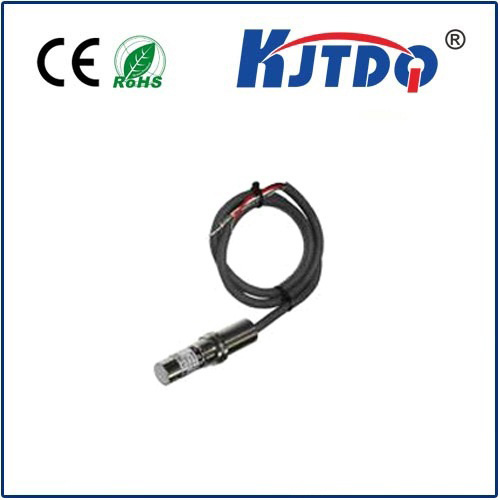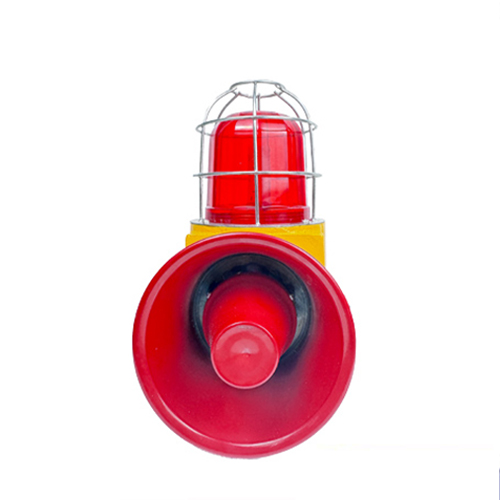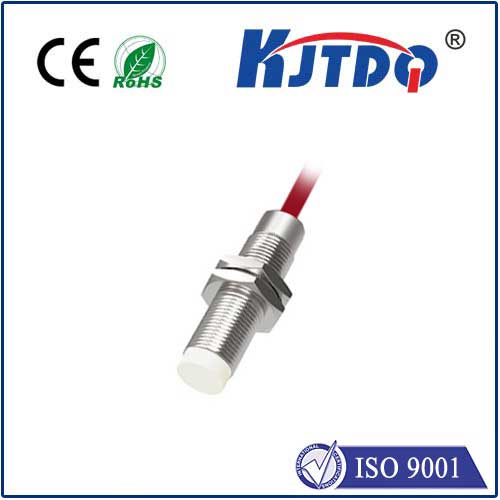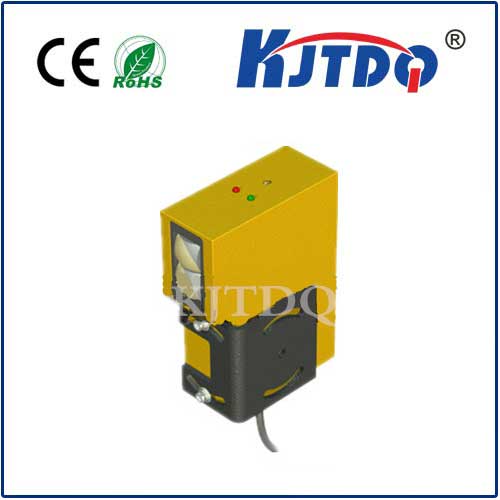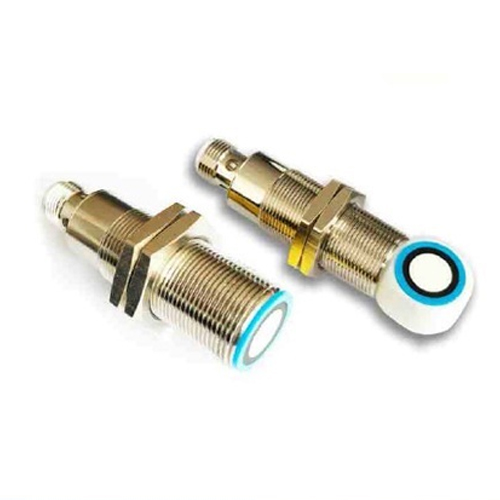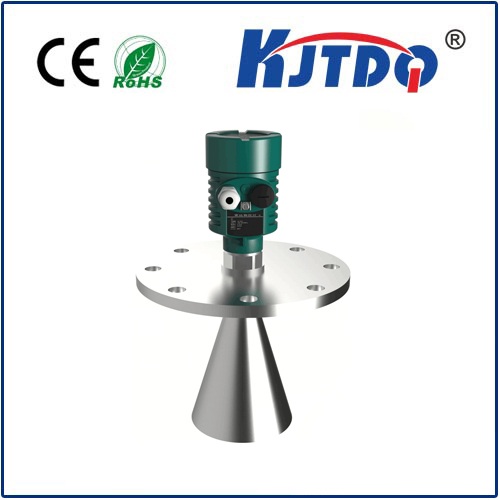reflective optical sensors
- time:2025-09-13 00:31:54
- Click:0
Reflective Optical Sensors: The Invisible Detectives Powering Everyday Automation
Ever wonder how your printer knows there’s paper in the tray, or your phone screen dims when held to your ear? Often, the unseen hero behind these seemingly simple actions is a reflective optical sensor. These compact, versatile devices play a crucial role in countless applications, silently detecting presence, proximity, and even surface characteristics. But how exactly do they achieve this feat of modern engineering?
At their core, reflective optical sensors operate on a brilliantly simple principle: shine a light and look for its reflection. Unlike through-beam sensors that require a separate emitter and receiver on opposite sides of the target, reflective sensors combine both elements within a single, compact unit. This design makes them particularly attractive for space-constrained applications and simplifies installation. The sensor houses an infrared emitter (typically an IR LED) and a photodetector (often a phototransistor or photodiode) positioned strategically, usually side-by-side or at a specific angle.
Here’s the detection process in action:
- Emission: The sensor’s internal IR LED emits a beam of invisible infrared light.
- Reflection: If an object is present within the sensor’s detection range and field of view, this light beam strikes its surface.
- Reception: A portion of the reflected light bounces back towards the sensor.
- Detection: The photodetector receives this reflected light. The intensity of the light hitting the detector changes its electrical state (e.g., conducts more current).
- Output: The sensor’s internal circuitry processes this change in the detector’s output, translating it into a clear, usable signal. This is often a simple digital signal (high/low logic level) indicating “object present” or “object absent,” but some models provide analog output proportional to the reflected light intensity, useful for tasks like distance estimation or contrast detection.
Key Components and Design Considerations:
- Emitter Wavelength: Infrared (usually Near-Infrared, NIR, around 850-950nm) is most common as it’s invisible to humans and minimizes interference from ambient visible light. Some specialized sensors use visible red light.
- Photodetector Type: Phototransistors offer high sensitivity and amplification within the component itself. Photodiodes are faster but may require external amplification circuitry. Choosing the right one depends on speed, sensitivity, and circuit design needs.
- Optics: Lenses or apertures shape the emitted beam and define the receiver’s field of view. This controls the detection distance, spot size, and overall sensor performance, including immunity to stray reflections.
- Housing: Protects the components and defines the physical mounting. The geometry of the housing critically influences the emitter-receiver angle, impacting the minimum detectable object distance and performance stability.
Modes of Operation:

Reflective sensors primarily work in two distinct modes, each suited for different scenarios:
- Proximity (Diffuse Reflection) Mode: This is the most common type. The sensor detects the presence of an object within a specific range based on the reflection directly off the object itself. Performance heavily depends on the object’s reflectivity, color, surface texture, size, and distance. White, matte objects reflect best; dark, shiny, or small objects are more challenging. Filtering ambient light is crucial here. The operating range is typically shorter than other methods.
- Retroreflective Mode: While technically requiring a reflector opposite the sensor, it’s often grouped as a reflective type. The sensor unit emits light towards a dedicated retroreflective target (like specialized tape or a prism). When an object passes between the sensor and the target, it interrupts the beam, causing a loss of signal at the detector. This mode offers longer sensing ranges and is less sensitive to object surface properties than proximity mode, as detection relies on beam interruption, not the object’s reflectivity. Ambient light rejection remains important.
Where You’ll Find Them: Ubiquitous Applications
The simplicity, reliability, and compactness of reflective optical sensors make them indispensable across a vast spectrum of industries:
- Consumer Electronics: Paper detection in printers, copiers, and ATMs; slot detectors for media; proximity sensing for phone screen dimming/turning off during calls; appliance lid/door closure detection (washers, microwaves); fuel gauges.
- Industrial Automation: Object counting on conveyor belts; detecting bottle caps, labels, or filled containers; part presence/absence verification in assembly lines; detecting wafer presence in semiconductor handling; position sensing in machinery.
- Robotics: Line following (detecting contrasting lines on the floor); obstacle avoidance; robot claw object detection.
- Automotive: Gear position sensing; seatbelt buckle detection; rain sensing for automatic wipers (detecting droplet scatter on windshield); glove box/door ajar detection.
- Medical Devices: Fluid level detection in IV drips; cassette presence in analyzers; cover closure safety interlocks.
- Security: Tamper detection (detecting if a cover has been removed); simple object intrusion alerts.
The Compelling Advantages:
Why choose reflective optical sensors? Several key benefits drive their popularity:
- Compact Size: A single integrated unit simplifies design and saves space.
- Cost-Effectiveness: Generally less expensive than through-beam setups (which require two separate housings and wiring).
- Ease of Installation: Only one unit needs mounting and wiring, reducing complexity.
- Non-Contact Sensing: Detects objects without physical touch, eliminating wear and tear.
- Fast Response Time: Capable of detecting objects moving at high speeds.
- Versatility: Available for a wide range of distances, object types (within reflectivity limits), and output types (digital/analog).
Important Considerations:
While powerful, reflective sensors have limitations to be mindful of during design:
- Surface Dependence: Proximity mode performance is highly sensitive to the target object’s reflective properties. Calibration might be needed for specific surfaces.
- Ambient Light Sensitivity: Strong ambient light, especially sunlight containing IR, can saturate the detector or cause false triggers. Look for sensors with modulated light and synchronous detection; these emit pulsed IR light and only detect signals synchronized to that pulse, effectively filtering out constant or slowly varying ambient light. Quality housings also help shield the detector.
- Minimum Sensing Distance: Objects placed too close to the sensor might not be detected reliably in proximity mode due to the optics. Check datasheets for minimum distance specifications.
- Environmental Factors: Dust, dirt, fog, or condensation on the lens can scatter or block light, affecting performance. Regular cleaning or specific housing designs might be necessary in harsh environments.
The Future is Bright (and Reflective):
Advancements continue to push the boundaries of reflective optical sensing. We’re seeing trends towards even smaller form factors for integration into portable and wearable devices, improved ambient light immunity for reliable operation in challenging environments, enhanced signal processing onboard sensors for smarter filtering and output, and integration with communication protocols for easier system integration. The demand for reliable, low-cost, non-contact detection ensures reflective optical sensors will remain fundamental building blocks in automation, consumer tech, and beyond, continuing to be the invisible detectives making our world smarter and more responsive.






